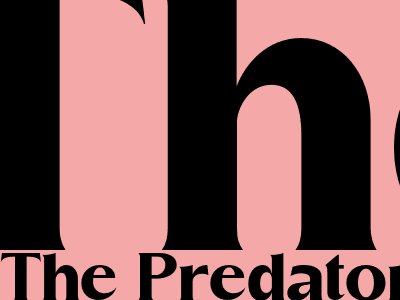
The Predator: a Deep Dive into the World's Most Feared Predator
A Biological Marvel
The Predator, scientifically known as Panthera leo, is the second-largest living cat species after the tiger. Known for its distinctive mane and powerful physique, the Predator is a formidable hunter, capable of taking down large prey such as zebras, wildebeest, and even buffaloes. Its muscular body and sharp claws provide the strength and agility needed to pursue and subdue its victims.
The Predator's senses are equally impressive. Its keen eyesight allows it to spot potential prey from afar, while its acute hearing and sensitive whiskers enable it to navigate through dense vegetation and track its quarry. The Predator's roar is also a testament to its physical prowess, serving as a territorial declaration and a warning to potential threats.
Social Dynamics
Unlike many other solitary cat species, the Predator lives in social groups called prides. These prides typically consist of several related females, their offspring, and one or two adult males. The males are responsible for defending the pride's territory and securing food, while the females primarily care for the cubs.
Within the pride, there is a clear hierarchy with the dominant male at the top. The dominant male establishes and maintains his position through a combination of strength, aggression, and social alliances. Subordinate males may challenge the dominant male for leadership, but such challenges are often met with fierce resistance.
Hunting and Prey
The Predator is an apex predator, meaning it sits at the top of the food chain. Its hunting strategies are as varied as its prey, ranging from stealthy ambushes to cooperative hunts. The Predator often stalks its target patiently, using vegetation and natural features as cover. Once it gets close enough, it launches a sudden and explosive attack, aiming for a fatal bite to the neck.
The Predator's diet is primarily composed of large herbivores, such as zebras, wildebeest, and antelopes. However, it has also been known to prey on smaller animals, such as rodents, birds, and reptiles. The Predator's hunting success is influenced by a variety of factors, including the availability of prey, the size of the pride, and the presence of competing predators.
Threats and Conservation
Despite its formidable reputation, the Predator faces numerous threats in the wild. Habitat loss, poaching, and human-wildlife conflict are among the most pressing challenges facing this iconic species. The Predator's vast hunting grounds are increasingly being converted into agricultural land and human settlements, reducing its access to food and shelter.
Poaching is another serious threat to the Predator. Its fur, bones, and teeth are prized in illegal wildlife trade, leading to the senseless killing of these magnificent animals. Additionally, the Predator often comes into conflict with humans, particularly in areas where livestock grazing is prevalent. These conflicts can result in the killing of Predators, further diminishing their populations.